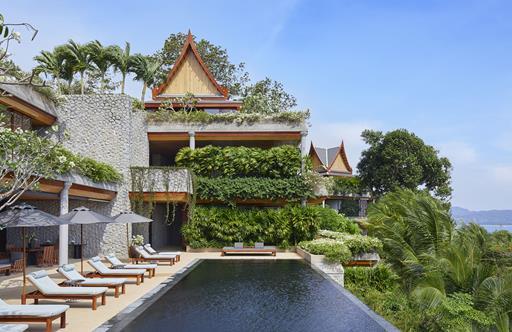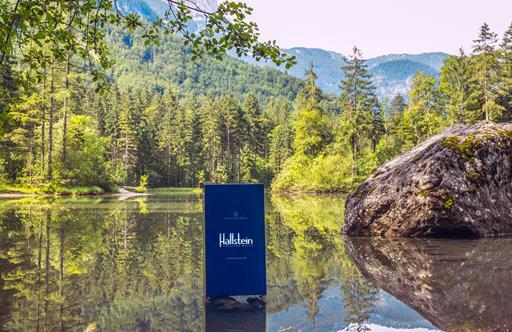Awe-Inspiring Natural Wonders
Discover fascinating landscapes, flora and fauna across the Japanese archipelago

Japan is nirvana for nature lovers, from forested mountains and seasonal flower fields to coral-fringed islands and hot-spring onsen bathing.
Its geographical diversity is as rich as it is visually stunning to explore, thanks to the expansive latitude that the Japanese archipelago spans, from the snowy peaks of northernmost Hokkaido to the sub-tropical islands of southern Okinawa.
For a taste of blissfully untouched flora and fauna, Shiretoko Peninsula ticks all the boxes – and is well worth the journey all the way up to one of the remote spots in Japan, on the northeastern coastline of Hokkaido island.
With its unique wildlife and marine ecosystems (the region is a Unesco World Heritage site), Shiretoko offers a plethora of outdoor activities to savour – from hiking past sparkling alpine lakes and camping in forests to watching ice floes drift through ocean waters.
While humans may be few and far between, visitors are rarely alone: the region is famously home to a colourful cast of wild creatures, from brown bears, Yezo deer, minke whales and dolphins to rare bird species.
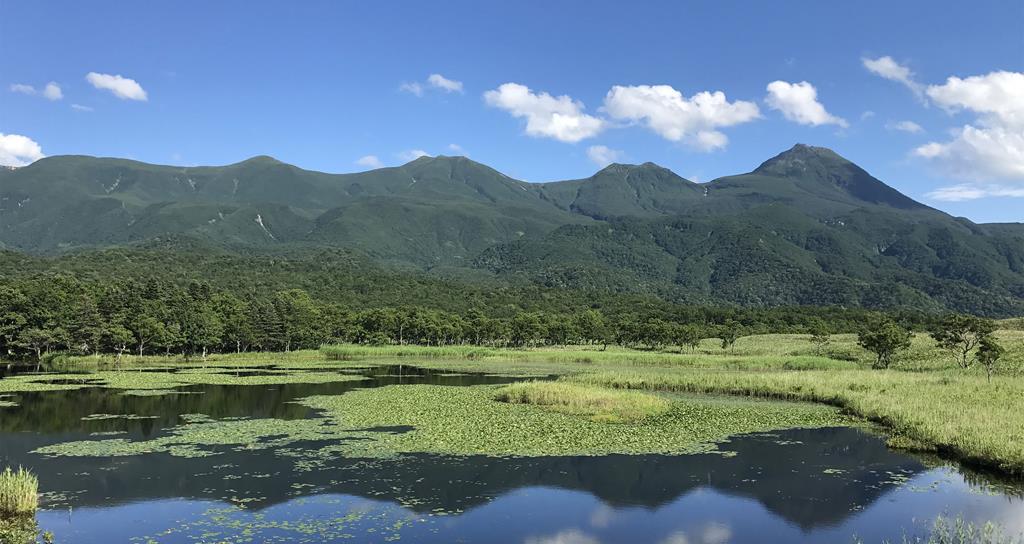
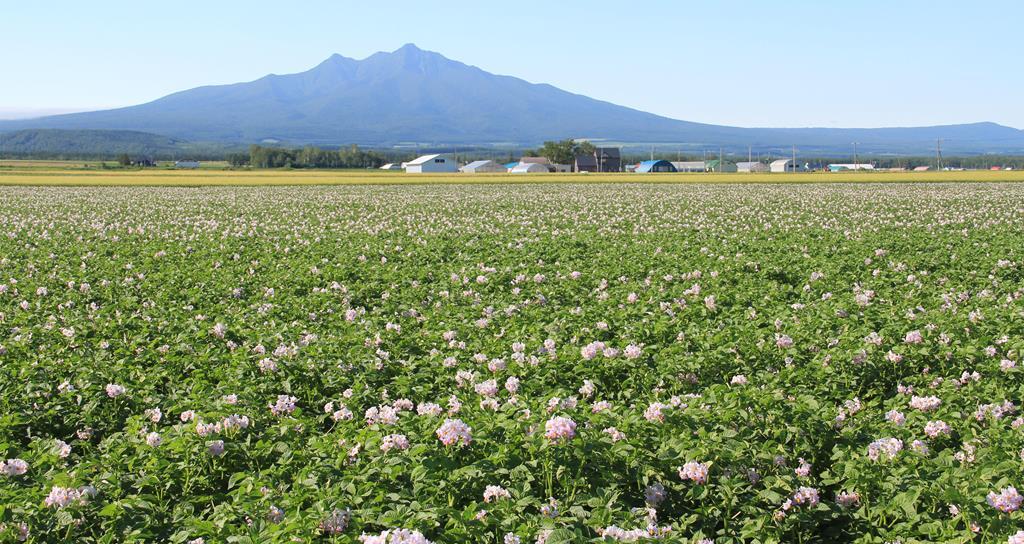
Shiretoko Peninsula. Credit: Shiretoko Shari-cho Tourist Association
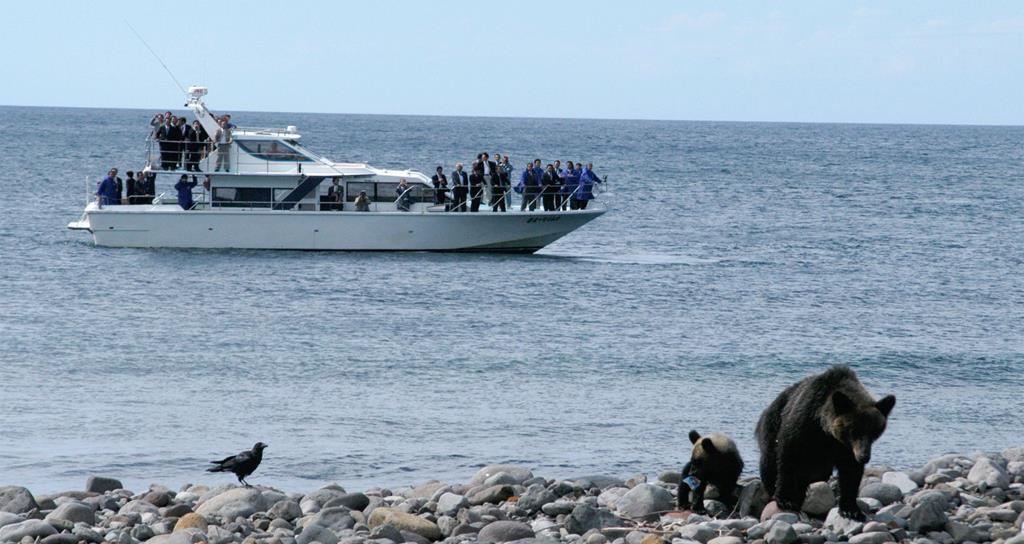

Wildlife in Shiretoko Peninsula. Credit: Shiretoko Shari-cho Tourist Association
Heading further south in Japan, an altogether different world unfolds at another mecca for nature-lovers – Yakushima island.
This atmospheric subtropical island – a quick flight hop or boat ride from Kagoshima on the main southern island of Kyushu – is famously shrouded in some of the most ancient and perfectly preserved forests in the world.
Home to more than 1,900 different plant species, the often-misty island – Japan’s first Unesco World Cultural and Natural Heritage Site – is scenic across the spectrum, from its inland forests to the deep blue waters that fringe its rugged subtropical coastline.
Visitors often rise at dawn to hike through wild mountains wrapped in pristine primaeval woodland, with many making an epic pilgrimage deep into the heart of the island to see the widely revered jomon sugi, a giant cedar tree thought to date as far back as 7,000 years.
Meanwhile, exploring beneath the surface of the ocean is the order of the day when travelling even further south – more precisely, to Yonaguni island in Japan’s Okinawa region.
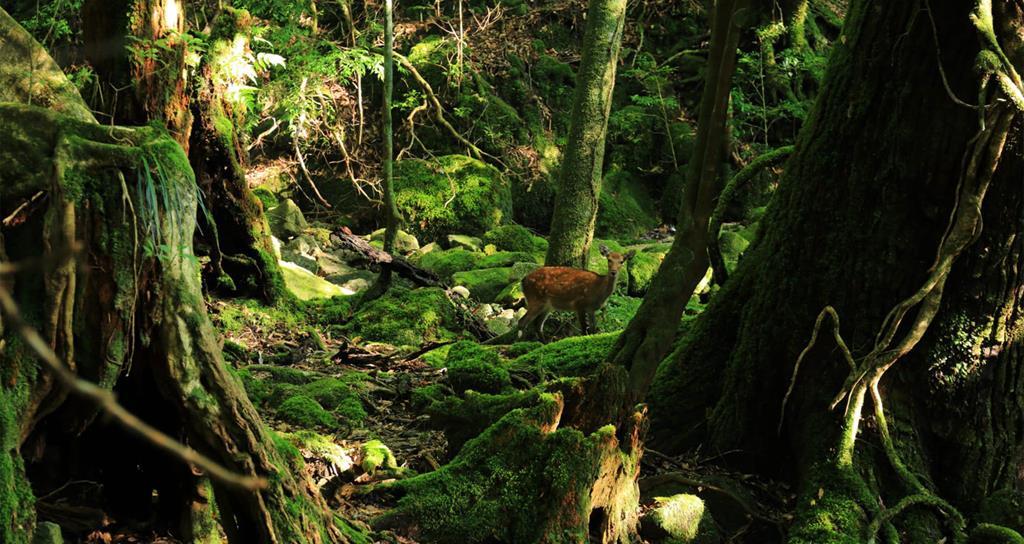
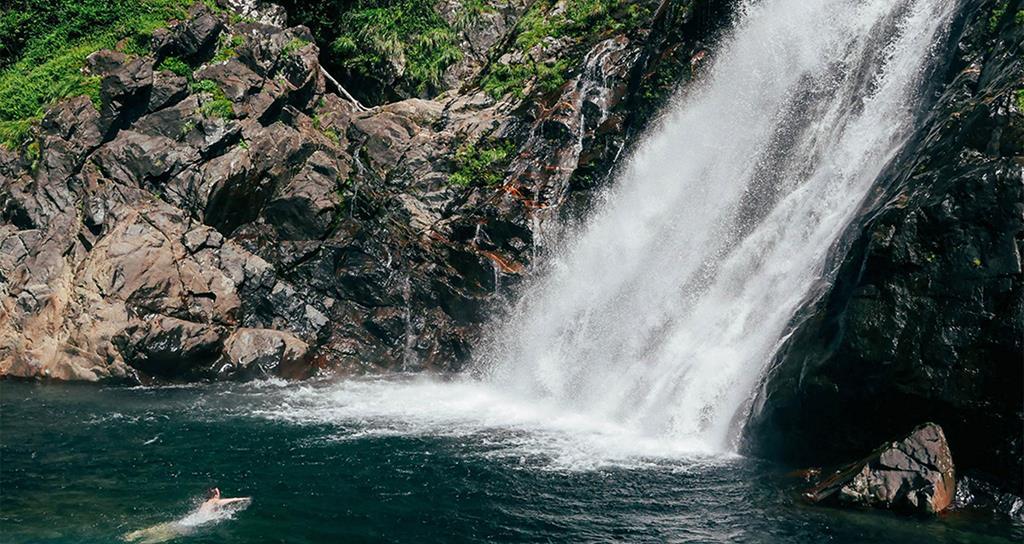
Yakushima Island
Here, submerged under waters just off the southern tip of Yonaguni, lies something that has long baffled and intrigued scientists and tourists alike: a mysterious rock formation thought to date as far back as 20 million years.
The ancient Yonaguni Monument, discovered only in 1986, is thought to be as old as it is pristine, with experts speculating that it was most likely created by an ancient civilisation.
Much-loved among divers year-round, the underwater rock formation includes a series of perfectly straight giant steps.
Another unique attraction for more courageous divers? The thrill of swimming among schools of hammerhead sharks that gather around the island in the cooler months every year, from January to March.

Diving in Yonaguni Underwater Ruins









